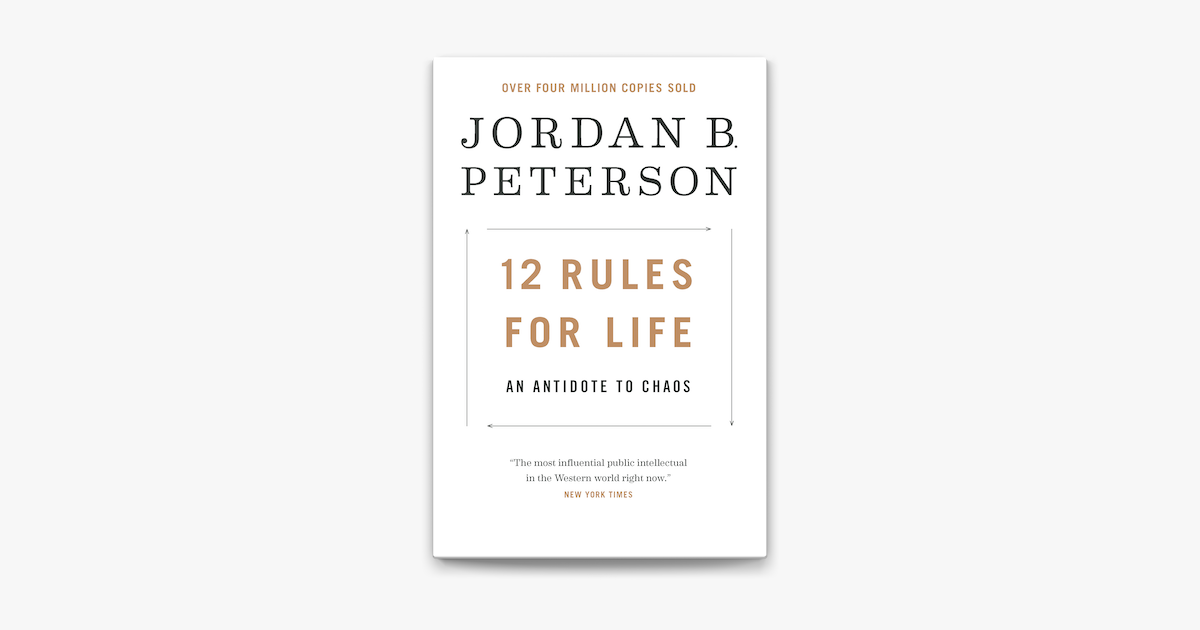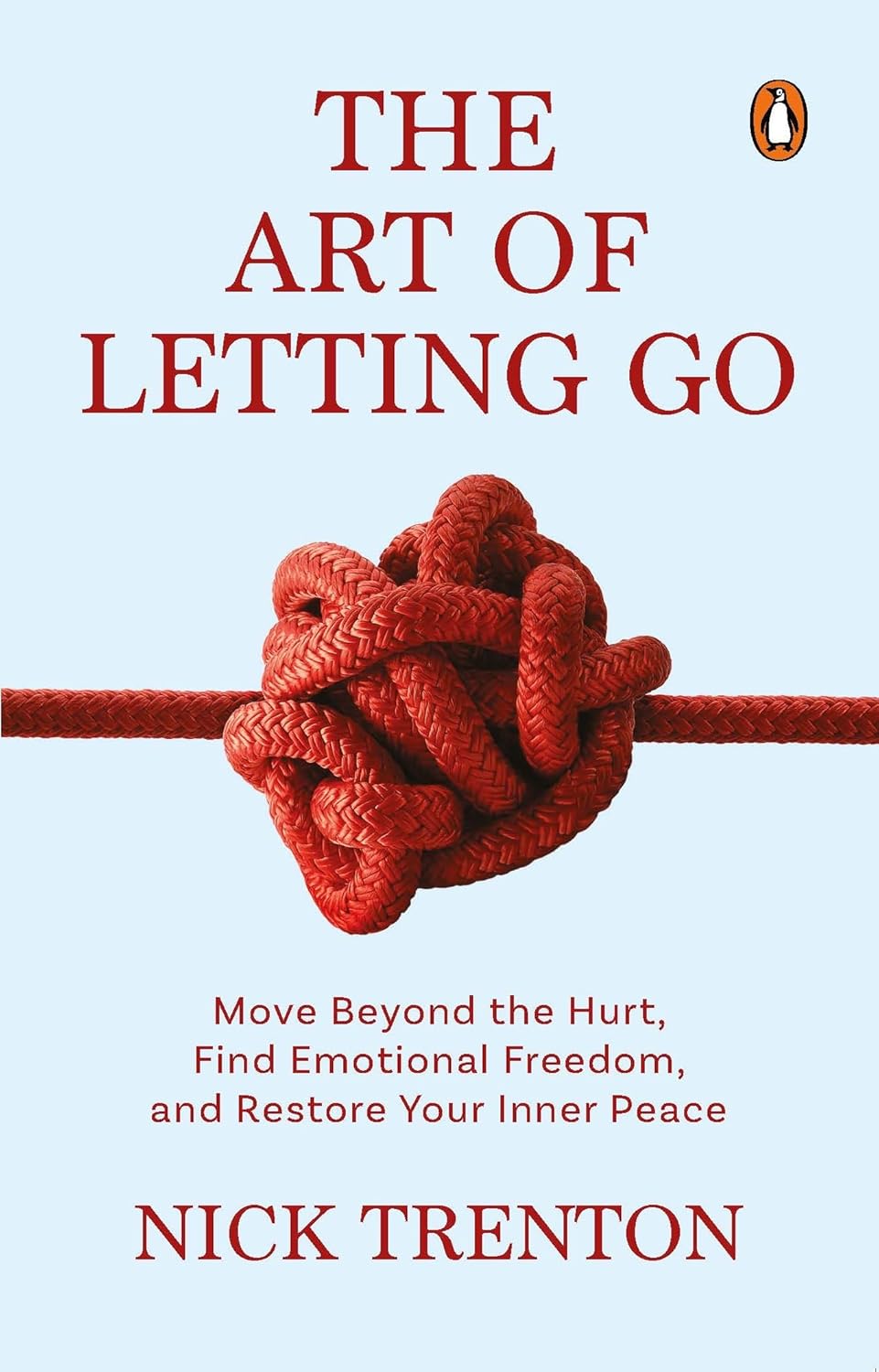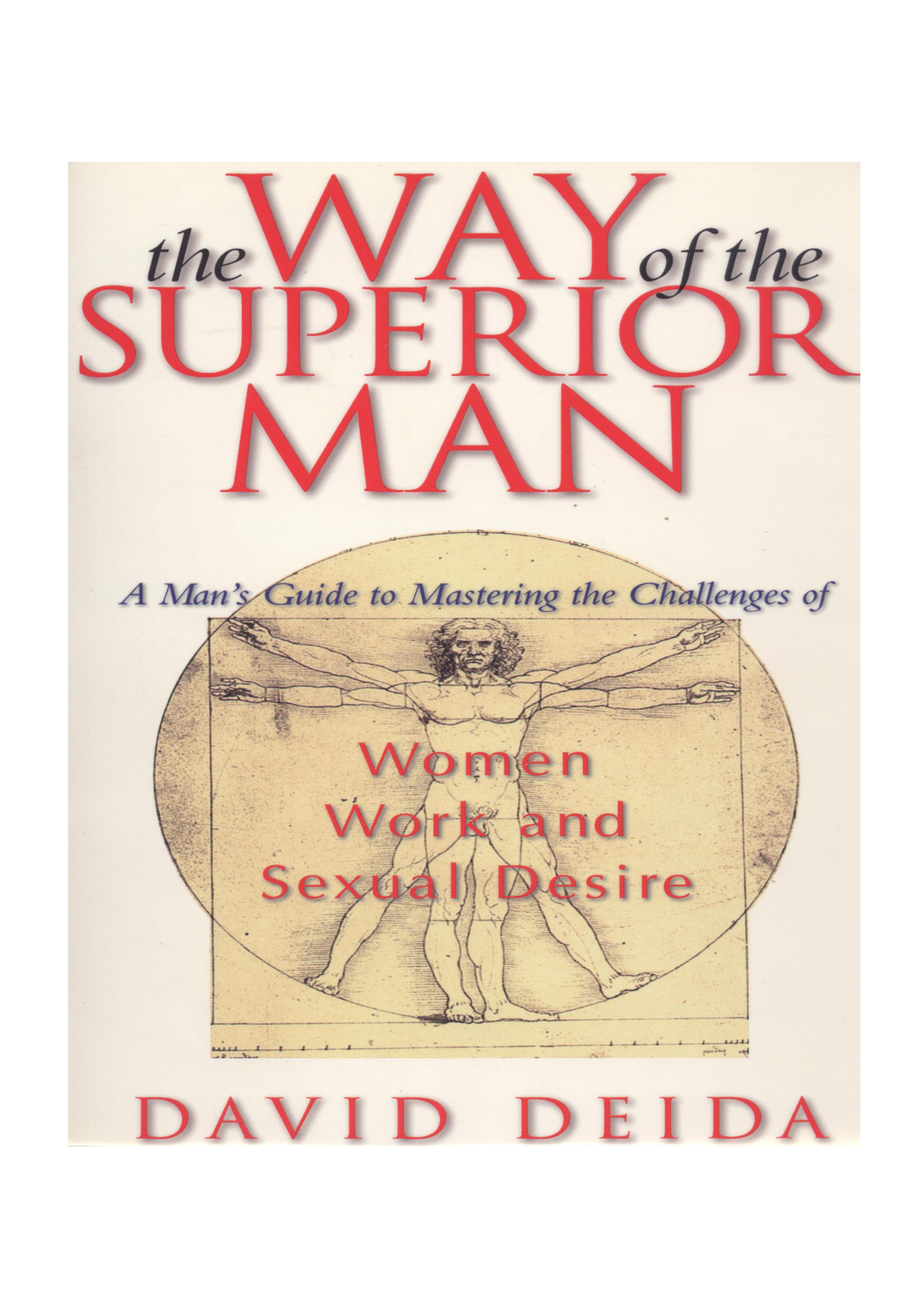| Title | 12 Rules for Life |
|---|---|
| Author | Jordan B. Peterson |
| Category | Psychology |
| Language | English |
| Year | 2018 |
| Pages | 296 |
| File Size | 4.5 MB |
| Total Downloads | 1,824 |
| Total Views | 17,908 |
| Pages In File | 296 |
| Topic | 198 |
| Extension |

Table of Contents
Title Page……Page 3
Foreword……Page 5
Overture……Page 15
RULE 1: Stand up straight with your shoulders back……Page 23
RULE 2: Treat yourself like someone you are responsible for helping……Page 45
RULE 3: Make friends with people who want the best for you……Page 69
RULE 4: Compare yourself to who you were yesterday, not to who someone else is today……Page 82
RULE 5: Do not let your children do anything that makes you dislike them……Page 101
RULE 6: Set your house in perfect order before you criticize the world……Page 125
RULE 7: Pursue what is meaningful (not what is expedient) ……Page 136
RULE 8: Tell the truth—or, at least, don’t lie……Page 163
RULE 9: Assume that the person you are listening to might know something you don’t……Page 185
RULE 10: Be precise in your speech……Page 204
RULE 11: Do not bother children when they are skateboarding……Page 221
RULE 12: Pet a cat when you encounter one on the street……Page 254
Coda……Page 267
Endnotes……Page 276
Acknowledgements……Page 290
Follow Penguin……Page 291
Copyright Page……Page 29
12 Rules for Life: An Antidote to Chaos
“12 Rules for Life: An Antidote to Chaos” is a top-selling self-help book by Jordan Peterson. He’s a well-known Canadian psychologist and professor. This book breaks down life advice into twelve key rules to help people deal with everyday life.
It combines psychology, philosophy, and personal stories in a way that grabs your attention. The book helps readers understand themselves and the world better.
Jordan Peterson stresses the importance of taking charge and finding purpose in chaos. He gives readers essential tools for growing and succeeding. Many have found these principles help them become stronger and improve their lives.
A surreal landscape representing balance and order amidst chaos, featuring a winding path through a forest with intertwined roots symbolizing strength and growth, a serene river reflecting the sky, contrasting dark storm clouds in the background, and radiant sunlight breaking through, embodying hope and clarity.
Key Takeaways
- The book offers practical advice through 12 actionable rules.
- Jordan Peterson draws on psychological insights to enhance understanding.
- The principles encourage personal accountability and growth.
- Insights from the book resonate across various aspects of life.
- Readers can witness real-life applicability of the teachings.
- The work has sparked discussions about meaning and responsibility.
Introduction to Jordan Peterson’s Philosophy
Jordan Peterson is a key figure in today’s talks on psychology and self-help. His background as a clinical psychologist helps him understand human behavior. He shows how psychological theories can be used in our daily lives.
Who is Jordan Peterson?
Jordan Peterson is a Canadian clinical psychologist and professor. He is known for his deep and thought-provoking lectures and writings. His work combines psychology and philosophy, helping people look at their lives more critically.
The Impact of Psychology on Self-Help
Psychology is essential for effective self-help strategies. Jordan Peterson uses proven insights to help people understand their mental states. He teaches that facing personal challenges and taking responsibility for our lives is key to growth.https://www.youtube.com/embed/-5RCmu-HuTg
Understanding the 12 Rules for Life
Jordan Peterson’s “12 Rules for Life” is a guide for living. It’s not just a list of rules. It dives deep into the meaning behind each one. It uses stories, philosophy, and psychology to help us grow.
Overview of the Book
The book is laid out in a special way. Each rule gets its own chapter. The chapters mix personal stories with big ideas, showing how the rules apply to our lives. The 12 Rules for Life summary shows how these guidelines help us find stability and purpose.
Key Themes Explored
Important key themes like responsibility, courage, and discipline are central. Each rule pushes readers to take charge of their lives. This idea is key to personal growth, showing that taking responsibility makes life more rewarding.
| Rule | Key Theme | Core Message |
|---|---|---|
| Rule 1: Stand up straight with your shoulders back | Confidence | Posture signals competence and sets a tone for interactions. |
| Rule 2: Treat yourself like someone you are responsible for helping | Self-care | Prioritize self-respect and care in personal development. |
| Rule 3: Make friends with people who want the best for you | Positive relationships | Surround yourself with supportive individuals for personal growth. |
12 Rules for Life Explained
The “12 Rules for Life” gives valuable advice to live a more meaningful life. Each rule is a key to personal growth, encouraging self-reflection and development. Here are three important rules from Peterson’s philosophy explained.
Rule 1: Stand up straight with your shoulders back
This rule shows how important your posture is. It affects your mental and emotional health. Standing tall shows strength and readiness to face challenges.
Rule 2: Treat yourself like someone you are responsible for helping
Self-care is crucial for personal growth. This rule tells us to care for ourselves as we would for others. It helps build a strong foundation for growth by recognizing our value and potential.
Rule 3: Make friends with people who want the best for you
Being around positive people is important for growth. This rule highlights the value of friends who support and uplift us. Having supportive friends can greatly help us in our journey, providing motivation and resilience.
A serene landscape depicting a winding path through a lush forest, with twelve distinct, symbolic markers along the way representing life principles, each uniquely styled, bathed in warm sunlight, flowers blooming, and gentle streams flowing, conveying a sense of guidance and tranquility.
| Rule | Key Insight | Personal Development Impact |
|---|---|---|
| Rule 1 | Confidence through posture | Enhances resilience and readiness |
| Rule 2 | Self-care and respect | Fosters internal growth and self-worth |
| Rule 3 | Positive relationships | Encourages motivation and support |
Personal Development through the 12 Rules
Self-help books like “12 Rules for Life” are very important today. They help us deal with life’s ups and downs. They teach us to take responsibility for ourselves.
The Role of Self-Help in Modern Society
Life gets more complicated every day. That’s why we look for ways to grow personally. Jordan Peterson’s book gives us tools to make our lives better.
It teaches us to be accountable and make smart choices. This helps us see our true potential and shape our future.
How the Rules Foster Personal Growth
The 12 rules are like a guide for personal growth. They give us practical tips to improve our lives. By following these rules, we can see big changes in ourselves.
These rules help us understand ourselves better. They also give us the power to reach our goals and stay strong when things get tough.
A serene landscape depicting a winding path through a lush forest, symbolizing the journey of personal growth; soft sunlight filtering through the trees, illuminating stepping stones along the way, with a distant mountain peak representing goals and aspirations, all infused with a sense of tranquility and inspiration.
| Principle | Description | Benefits |
|---|---|---|
| Stand up straight | Promote confidence and self-respect | Improved self-esteem |
| Be responsible | Encourage accountability for one’s actions | Enhanced decision-making skills |
| Build supportive relationships | Create connections with positive influences | Stronger emotional resilience |
Psychological Insights within the 12 Rules
Understanding the mix of chaos and order is key in Jordan Peterson’s teachings. This mix shows how important it is in psychology and personal growth. Finding the right balance between chaos and order can make life more fulfilling.
Understanding Chaos and Order
In Peterson’s view, chaos is about uncertainty and possibilities. Order, on the other hand, is about stability and predictability. Both are vital for growth and adapting to life. Chaos lets us discover new things, while order gives us security and routine.
The Importance of Responsibility and Meaning
Seeking meaning is linked to taking responsibility, both personally and socially. Owning our actions gives us purpose and helps deal with chaos. By facing our responsibilities, we find clarity in uncertain times, showing how chaos and order are connected.
A juxtaposition of chaotic, swirling colors and abstract shapes representing psychological turmoil on one side, transitioning seamlessly to a structured, harmonious landscape with orderly geometric forms and serene colors on the other, symbolizing personal development and stability.
Real-Life Applications of the 12 Rules for Life
Using the 12 Rules for Life means being active and thinking deeply about your life. It’s about using practical steps to apply these rules in your daily life. This helps you grow and change, which is key in life advice and personal development.
Implementing the Rules in Daily Life
Every day, you have chances to follow these rules. You might start by setting goals or making a morning routine that fits the teachings. For instance, Rule 1, “Stand up straight with your shoulders back,” boosts confidence and posture. This simple action can make your day better.
- Create a daily checklist based on the 12 rules.
- Engage with a supportive community focused on personal development.
- Reflect weekly on personal growth and set new goals.
Success Stories Inspired by Peterson’s Teachings
Many people have seen real changes by following Peterson’s teachings. Their stories show how these insights can make a big difference. They share how applying certain rules led to amazing outcomes:
| Name | Before | After | Key Rule Applied |
|---|---|---|---|
| Sarah | Struggled with self-doubt | Started her business | Treat yourself like someone you are responsible for helping |
| Mike | Felt isolated | Built a new social circle | Make friends with people who want the best for you |
| Jessica | Struggled with anxiety | Improved mental health | Stand up straight with your shoulders back |
These stories remind us that life advice can lead to big changes. They show how following these teachings can help you reach your goals in life and work.
A Review of 12 Rules for Life
“12 Rules for Life” has become a huge hit in the self-help world. It’s known for mixing psychology with real-life lessons. People love its clear advice and the author’s deep thoughts on growing personally.
Readers’ Reactions and Critiques
People have many different opinions about the book. Some say Jordan Peterson’s ideas are really thought-provoking. They like how he makes tough psychology topics easy to understand.
But, others are not so sure. They think the book’s philosophy is not deep enough. They say it gives good advice, but it’s not always backed up by strong arguments.
The Book’s Place Among Bestselling Self-Help Titles
“12 Rules for Life” has made a big splash in the self-help world. It’s sold a lot of copies, making it one of the best-selling self-help books out there. This shows how much people are interested in Peterson’s ideas and how they relate to today’s world.
| Aspect | Positive Reactions | Critiques |
|---|---|---|
| Engagement | Captivating narrative style | Lacks philosophical depth |
| Practicality | Applicable life lessons | Oversimplification of complex ideas |
| Psychological Insights | Accessible explanations | May require deeper exploration |
| Cultural Impact | Widespread recognition | Polarizing opinions among critics |
Conclusion
12 Rules for Life: An Antidote to Chaos by Jordan Peterson is more than advice. It’s a guide for personal growth in a chaotic world. Peterson combines psychology with practical steps, giving readers tools to live well and find meaning.
The book has a big impact on self-help discussions. It shows how to balance chaos and order. By following the 12 Rules, readers start improving themselves and join bigger talks on growth and values.
12 Rules for Life is a key resource for those seeking clarity. It mixes deep psychology with useful life tips. This empowers readers to lead fulfilling lives, even in today’s complex world.
FAQ
What is “12 Rules for Life” about?
“12 Rules for Life: An Antidote to Chaos” is a self-help book by Jordan Peterson. It offers twelve practical rules for personal growth and success.
Who is Jordan Peterson?
Jordan Peterson is a Canadian clinical psychologist and professor. His work covers psychology, philosophy, and self-help. He helps us understand human behavior and society through psychology.
How can the 12 rules improve personal development?
The 12 rules help you take responsibility, find meaning in challenges, and build positive relationships. These are key for personal growth and success.
What are some key themes explored in the book?
“12 Rules for Life” talks about responsibility, discipline, courage, and finding meaning. These themes are important for dealing with life’s complexities.
What is the significance of the first rule, “Stand up straight with your shoulders back”?
This rule shows the importance of posture. It reflects confidence and resilience. It encourages readers to face life with strength and assurance.
Are there any success stories related to applying the 12 rules?
Yes, many readers have seen positive changes in their lives. They followed the 12 rules and experienced transformative changes.
Is “12 Rules for Life” considered a bestseller?
Yes, it’s a top self-help book. Its popularity shows its impact on personal development.
What type of psychological insights are presented in the book?
The book talks about the balance between chaos and order. It says taking responsibility for your life is key to finding meaning and growing.
How does the book address modern societal issues?
Peterson discusses today’s big challenges. He uses psychology to help readers understand and tackle these issues.https://consentcdn.cookiebot.com/sdk/bc-v4.min.html
about:blank


